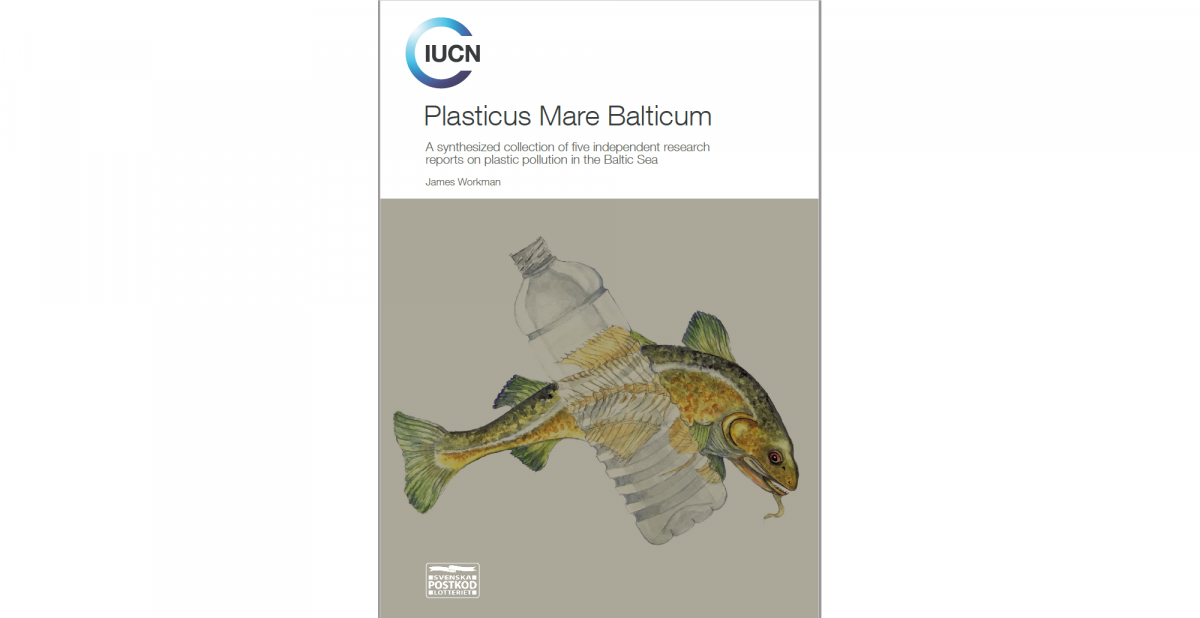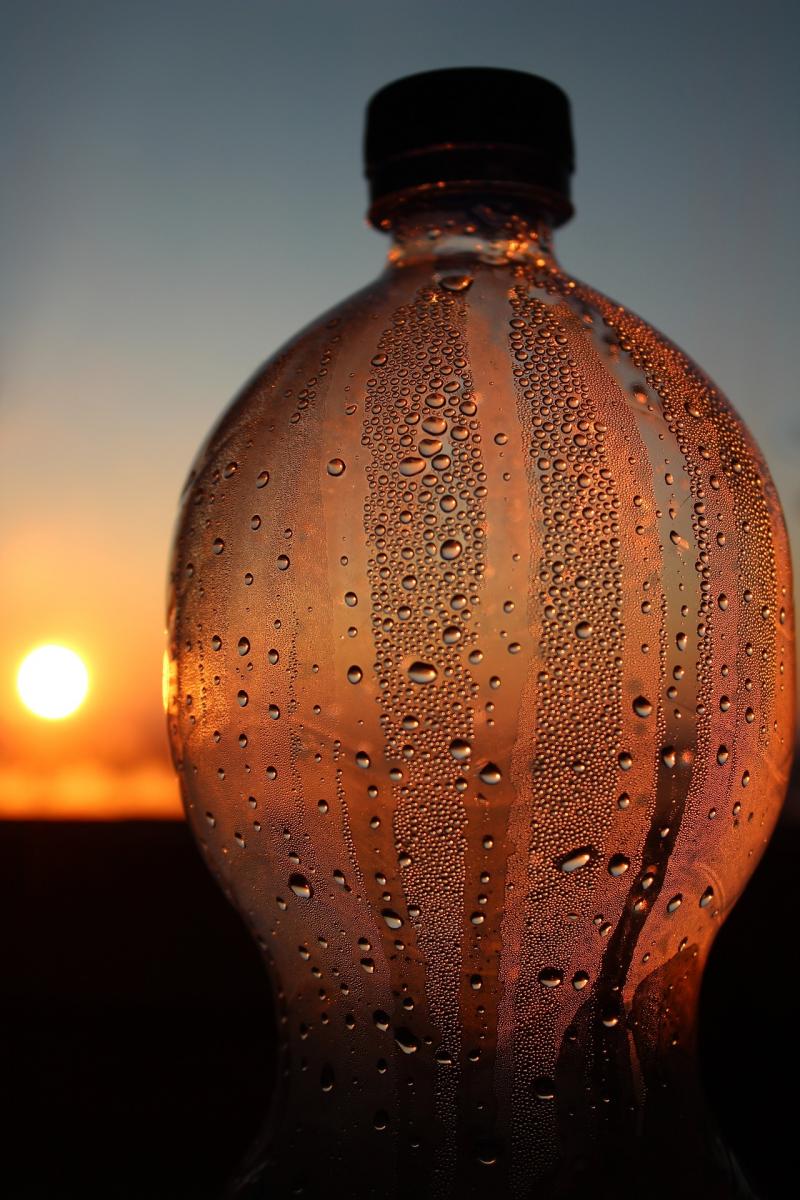Report: the Baltic Sea binds five reports on plastics into one compilation, linked by location
Plasticus Mare Balticum is a compilation of five different reports with a common base: The Baltic Sea, the countries which border it, the plastics flowing into it, and the lives which are affected by it.
1. The marine plastic footprint.
2. Microplastic effect on frozen seas.
3. How microplastics may harm a range of important species, from bottom-of-the-food-chain invertebrates to apex predators.
4. An analysis of existing laws and the resulting suggestions for legislation and regulation to curb the effects of plastics in the Baltic.
5. An analysis inside businesses of levels of awareness, activism, responses, and incentives to the growing problems of plastics.
This synthesis of reports fits squarely into both thematic and geographic lines of inquiry and investigation, but combining the five in this way offers decision-makers a more rounded and sound basis for taking measured action:
- The first is the The Marine Plastic Footprint, an ambitious work by Julien Boucher,Guillaume Billard, Eleonora Simeone (all of ea - shaping environmental action), and Joao Sousa (IUCN Global Marine and Polar Programme). These four researchers collaborate to develop science-based metrics that measure plastic leakage, in order to increase what they describe as both the materiality and circularity of plastic.
- The second report examines what happens when the marine plastic footprint falls on frozen seas. More specifically, working from data conducted and analyzed in a lab and from the Baltic Sea field, researchers explored the effect of microplastics on sea ice, which could have serious implications for the northern, and to a lesser extent, Southern, polar ice caps. Researchers were Feiyue (Fei) Wang, Nicolas-Xavier Geilfus, Kathleen Munson, Yaroslav Germanov, and Saamia Bhugallo, of the Sea Ice Environmental Research Facility (SERF) at the University of Manitoba, Winnipeg.
- A third area of research examines how the extent to which microplastics that enter the marine environment might subsequently harm or affect a range of important species, ranked and categorized by HELCOM and IUCN’s Red List. From invertebrates at the bottom of the food chain, to predators at the top, what do these effects mean for marine biodiversity?
- From laboratory research to industrial production to retail consumption, private sector decision-makers hold the power to slow, stop or reverse the flow of plastic to the sea. Our fourth area of research, by Searious Business, conducted a survey of businesses in relevant industries to better understand the levels of awareness, activism, responses, and incentives at work. Marine plastic pollution management may partially boil down to business management, and one of the most effective ways to change course of business is through self-imposed measures driven by the need to reduce exposure to brand, finance, or regulatory risk.
- As a public sector baseline, or failsafe, what would an effective regulatory framework look like? Our fifth and final report, from the IUCN European Union Office, examines the body of government policy mandates, with a gap analysis of what may be missing from the equation, and recommendations on how to improve it.
By anchoring the Baltic roots of these polymer pathways together: defining the nature and extent of the problems in one area, then following the effects on ice, and finally impact on the marine species of the region, we gain a better sense of what is happening. From that foundation, questions can be at least partially answered on what problems are possible to anticipate, and which responses are most plausible and effective for voluntary choices by industry and mandatory policies by government.





